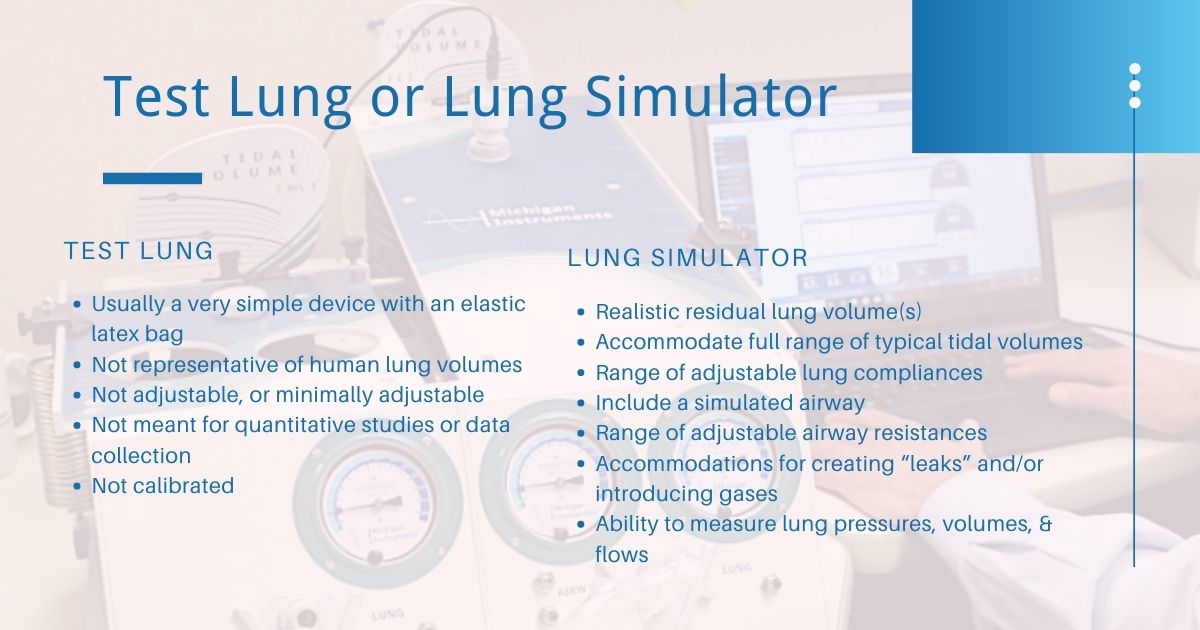 https://www.michiganinstruments.com/wp-content/uploads/2019/11/Test-Lung-or-Lung-Simulator-not-the-same-things.jpg
630
1200
red66
https://www.michiganinstruments.com/wp-content/uploads/2018/11/RCTCLEARBLACK_large.png
red662019-11-27 15:21:202019-11-13 15:30:08Test Lung and Lung Simulators. Not the same things
https://www.michiganinstruments.com/wp-content/uploads/2019/11/Test-Lung-or-Lung-Simulator-not-the-same-things.jpg
630
1200
red66
https://www.michiganinstruments.com/wp-content/uploads/2018/11/RCTCLEARBLACK_large.png
red662019-11-27 15:21:202019-11-13 15:30:08Test Lung and Lung Simulators. Not the same things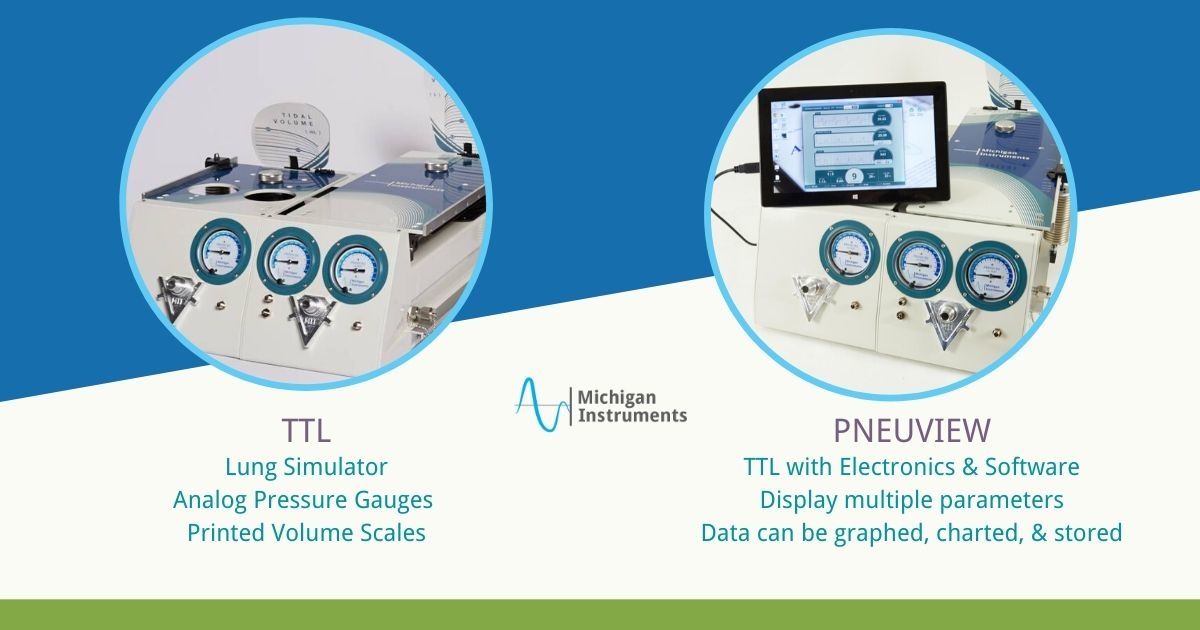 https://www.michiganinstruments.com/wp-content/uploads/2019/11/TTL-or-PneuView-Whats-the-difference-.jpg
630
1200
red66
https://www.michiganinstruments.com/wp-content/uploads/2018/11/RCTCLEARBLACK_large.png
red662019-11-13 15:18:282023-05-26 15:49:55TTL vs. PneuView: What’s the Difference?
https://www.michiganinstruments.com/wp-content/uploads/2019/11/TTL-or-PneuView-Whats-the-difference-.jpg
630
1200
red66
https://www.michiganinstruments.com/wp-content/uploads/2018/11/RCTCLEARBLACK_large.png
red662019-11-13 15:18:282023-05-26 15:49:55TTL vs. PneuView: What’s the Difference?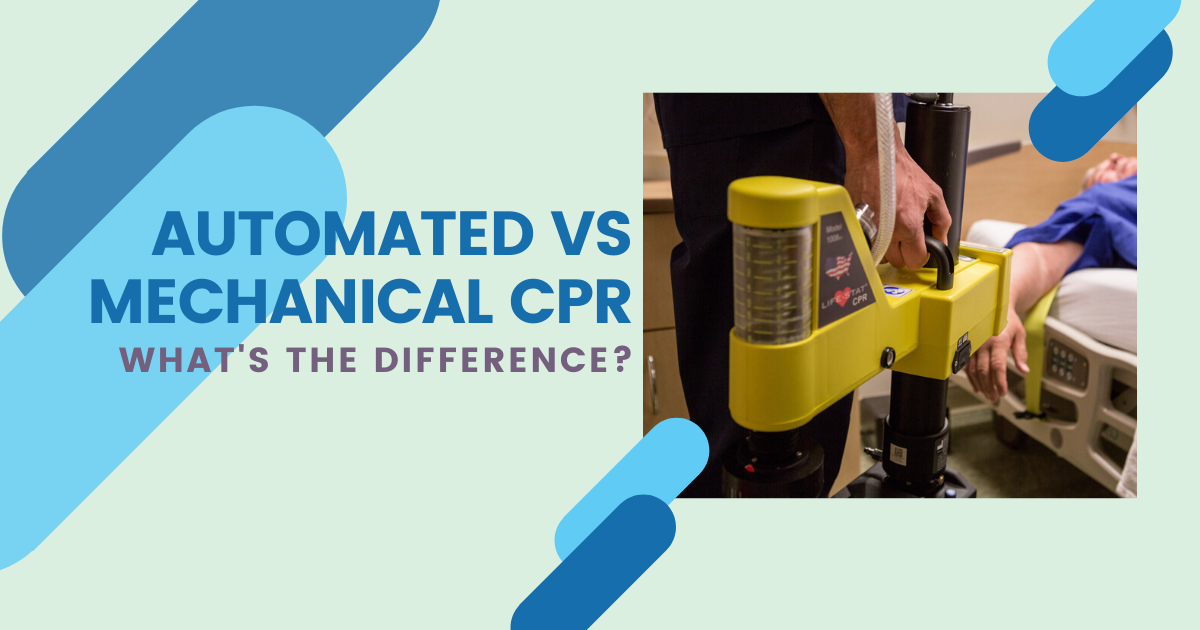 https://www.michiganinstruments.com/wp-content/uploads/2019/11/Automated-vs-mechanical-CPR-whats-the-difference.png
630
1200
red66
https://www.michiganinstruments.com/wp-content/uploads/2018/11/RCTCLEARBLACK_large.png
red662019-11-04 02:18:562019-11-04 17:21:50Automated or Mechanical CPR, What’s the Difference?
https://www.michiganinstruments.com/wp-content/uploads/2019/11/Automated-vs-mechanical-CPR-whats-the-difference.png
630
1200
red66
https://www.michiganinstruments.com/wp-content/uploads/2018/11/RCTCLEARBLACK_large.png
red662019-11-04 02:18:562019-11-04 17:21:50Automated or Mechanical CPR, What’s the Difference?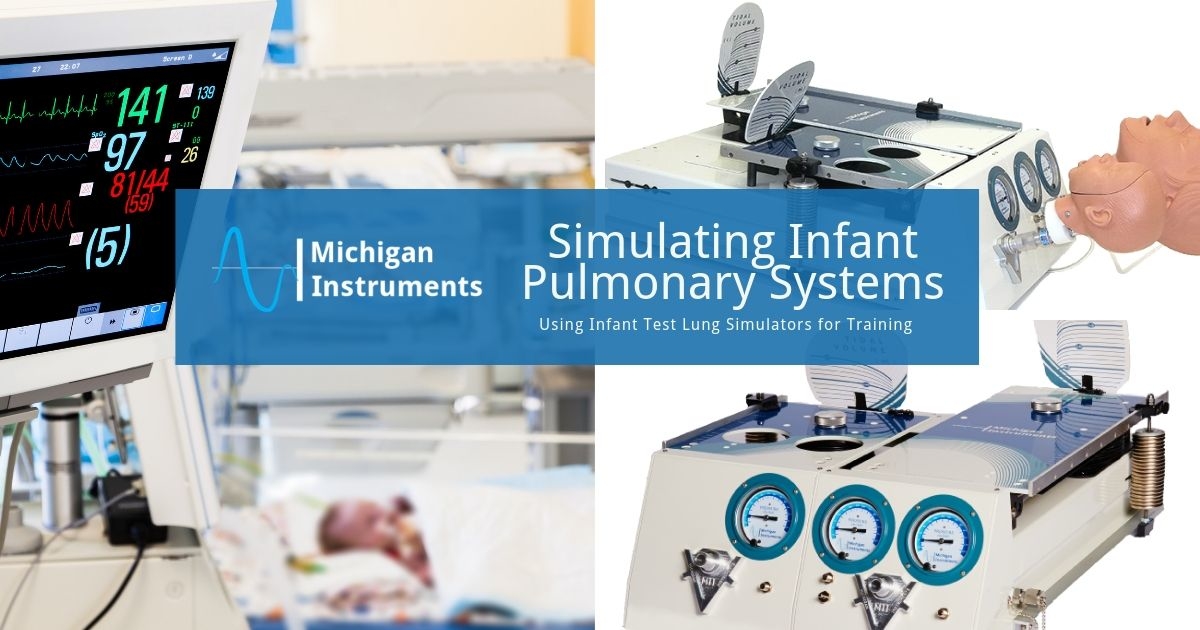 https://www.michiganinstruments.com/wp-content/uploads/2019/08/Simulating-Infant-Pulmonary-Systems-with-Test-Lung-Simulators-from-Michigan-Instruments-Blog-Image.jpg
630
1200
red66
https://www.michiganinstruments.com/wp-content/uploads/2018/11/RCTCLEARBLACK_large.png
red662019-10-31 13:47:072019-10-31 16:35:32Visit Distributor JD Honginberg at Medica 2019
https://www.michiganinstruments.com/wp-content/uploads/2019/08/Simulating-Infant-Pulmonary-Systems-with-Test-Lung-Simulators-from-Michigan-Instruments-Blog-Image.jpg
630
1200
red66
https://www.michiganinstruments.com/wp-content/uploads/2018/11/RCTCLEARBLACK_large.png
red662019-10-31 13:47:072019-10-31 16:35:32Visit Distributor JD Honginberg at Medica 2019 https://www.michiganinstruments.com/wp-content/uploads/2019/08/Simulating-Infant-Pulmonary-Systems-with-Test-Lung-Simulators-from-Michigan-Instruments-Blog-Image.jpg
630
1200
red66
https://www.michiganinstruments.com/wp-content/uploads/2018/11/RCTCLEARBLACK_large.png
red662019-08-06 16:18:482023-05-26 15:46:54Simulating Infant Pulmonary Systems
https://www.michiganinstruments.com/wp-content/uploads/2019/08/Simulating-Infant-Pulmonary-Systems-with-Test-Lung-Simulators-from-Michigan-Instruments-Blog-Image.jpg
630
1200
red66
https://www.michiganinstruments.com/wp-content/uploads/2018/11/RCTCLEARBLACK_large.png
red662019-08-06 16:18:482023-05-26 15:46:54Simulating Infant Pulmonary Systems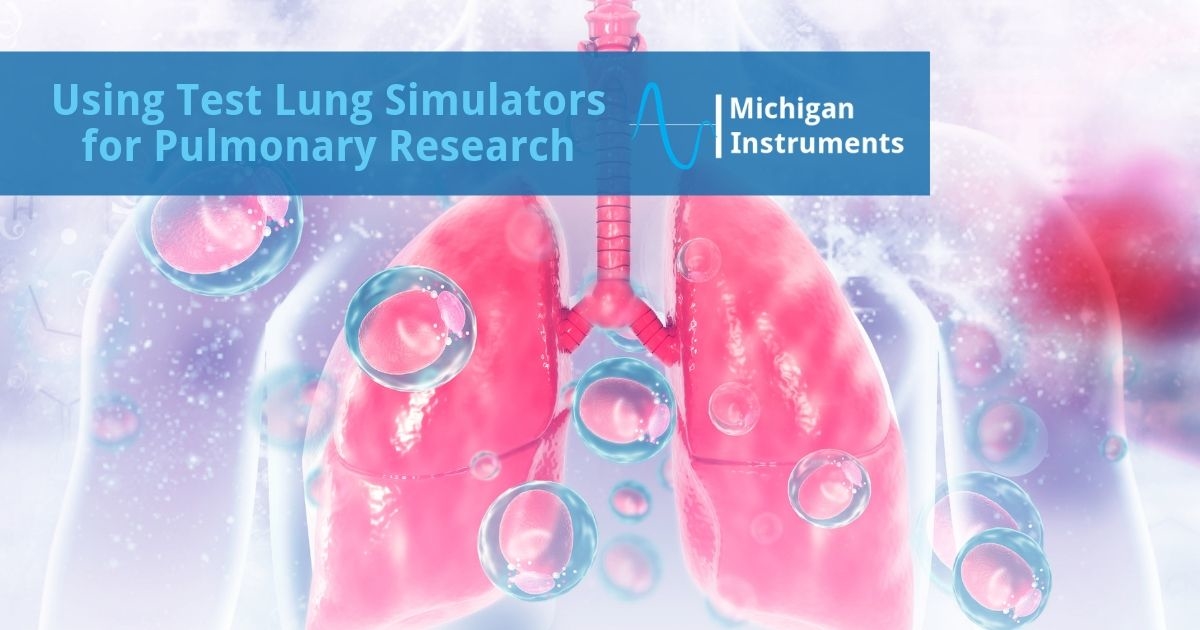 https://www.michiganinstruments.com/wp-content/uploads/2019/07/Using-Lung-Simulators-for-Pulmonary-Research.jpg
630
1200
red66
https://www.michiganinstruments.com/wp-content/uploads/2018/11/RCTCLEARBLACK_large.png
red662019-07-08 17:10:222023-05-26 15:46:10Using Lung Simulators for Pulmonary Research
https://www.michiganinstruments.com/wp-content/uploads/2019/07/Using-Lung-Simulators-for-Pulmonary-Research.jpg
630
1200
red66
https://www.michiganinstruments.com/wp-content/uploads/2018/11/RCTCLEARBLACK_large.png
red662019-07-08 17:10:222023-05-26 15:46:10Using Lung Simulators for Pulmonary Research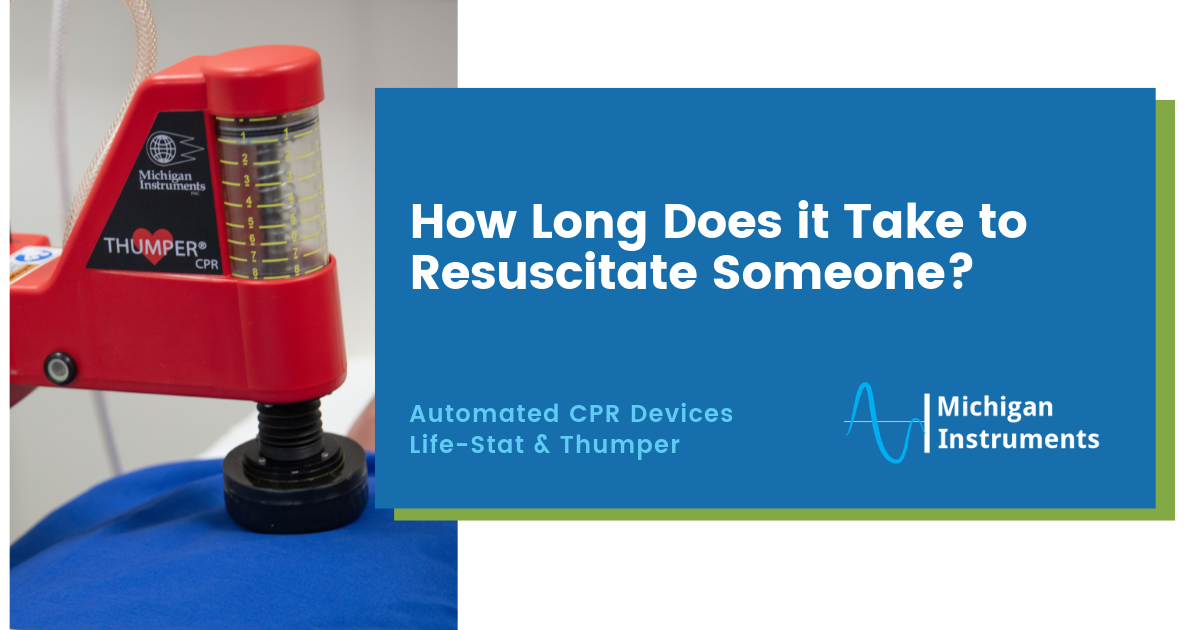 https://www.michiganinstruments.com/wp-content/uploads/2019/05/How-long-does-it-take-to-resuscitate-someone-Automated-CPR-Blog-Image-MII.png
630
1200
red66
https://www.michiganinstruments.com/wp-content/uploads/2018/11/RCTCLEARBLACK_large.png
red662019-05-28 20:34:572023-05-26 15:41:51How Long Does it Take to Resuscitate Someone?
https://www.michiganinstruments.com/wp-content/uploads/2019/05/How-long-does-it-take-to-resuscitate-someone-Automated-CPR-Blog-Image-MII.png
630
1200
red66
https://www.michiganinstruments.com/wp-content/uploads/2018/11/RCTCLEARBLACK_large.png
red662019-05-28 20:34:572023-05-26 15:41:51How Long Does it Take to Resuscitate Someone?
Top 5 Reasons to Train with a Lung Simulator
TTL
Although not a medical device, the Michigan Instruments Test Lung Simulator and PneuView training systems are designed to raise the bar on the quality and reliability of lung simulators as well as respiratory and ventilation care of…
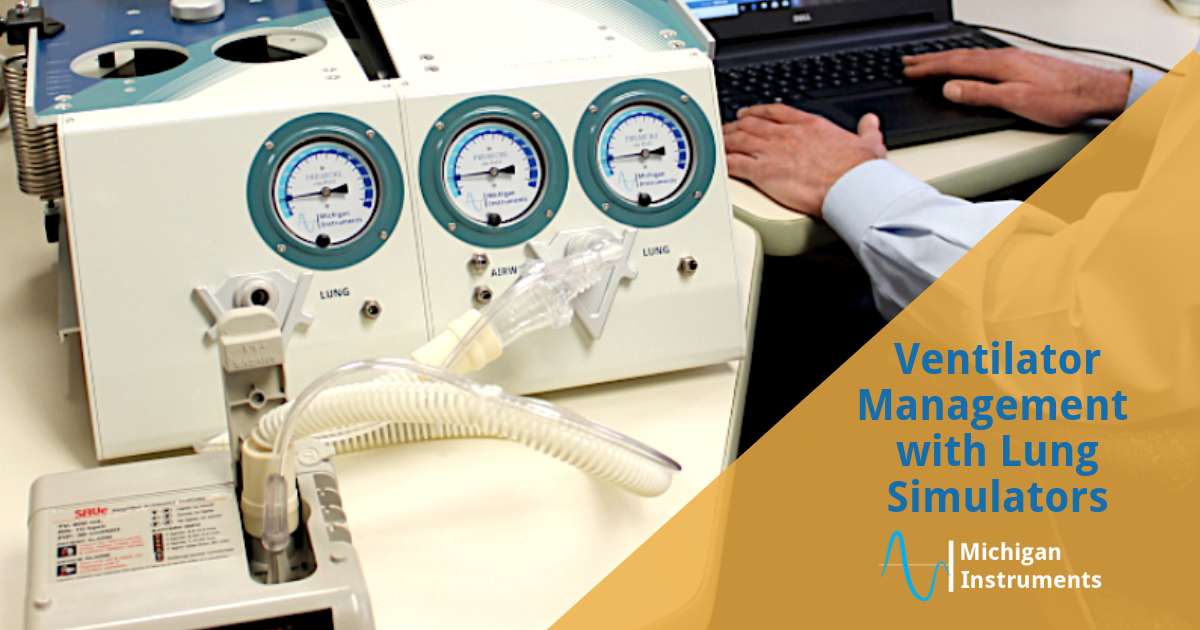 https://www.michiganinstruments.com/wp-content/uploads/2019/05/Ventilator-Management-with-Lung-Simulators-MII-Blog-image.png
630
1200
MII_Admin
https://www.michiganinstruments.com/wp-content/uploads/2018/11/RCTCLEARBLACK_large.png
MII_Admin2019-05-07 14:55:362023-05-26 15:43:15Ventilator Management with Lung Simulators
https://www.michiganinstruments.com/wp-content/uploads/2019/05/Ventilator-Management-with-Lung-Simulators-MII-Blog-image.png
630
1200
MII_Admin
https://www.michiganinstruments.com/wp-content/uploads/2018/11/RCTCLEARBLACK_large.png
MII_Admin2019-05-07 14:55:362023-05-26 15:43:15Ventilator Management with Lung Simulators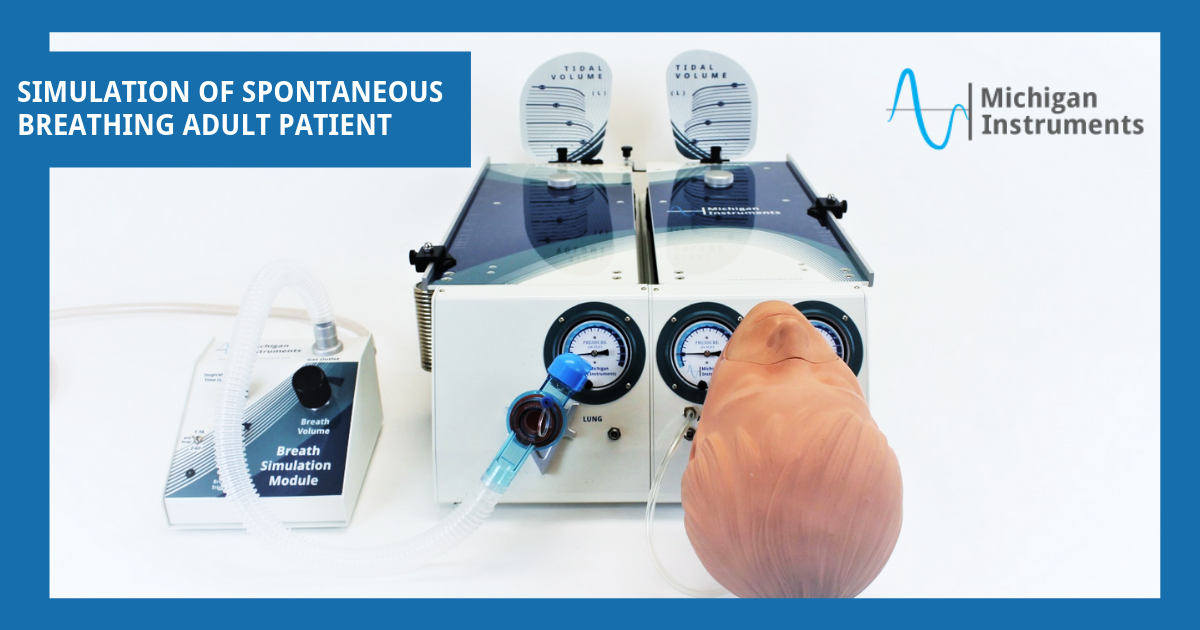 https://www.michiganinstruments.com/wp-content/uploads/2019/03/MII-Simulation-of-Spontaneous-Breathing-Adult-Patient.png
630
1200
MII_Admin
https://www.michiganinstruments.com/wp-content/uploads/2018/11/RCTCLEARBLACK_large.png
MII_Admin2019-03-21 22:52:592022-08-30 17:20:53Simulation of Spontaneous Breathing Adult Patient
https://www.michiganinstruments.com/wp-content/uploads/2019/03/MII-Simulation-of-Spontaneous-Breathing-Adult-Patient.png
630
1200
MII_Admin
https://www.michiganinstruments.com/wp-content/uploads/2018/11/RCTCLEARBLACK_large.png
MII_Admin2019-03-21 22:52:592022-08-30 17:20:53Simulation of Spontaneous Breathing Adult Patient https://www.michiganinstruments.com/wp-content/uploads/2019/11/Test-Lung-or-Lung-Simulator-not-the-same-things.jpg
630
1200
red66
https://www.michiganinstruments.com/wp-content/uploads/2018/11/RCTCLEARBLACK_large.png
red662019-11-27 15:21:202019-11-13 15:30:08Test Lung and Lung Simulators. Not the same things
https://www.michiganinstruments.com/wp-content/uploads/2019/11/Test-Lung-or-Lung-Simulator-not-the-same-things.jpg
630
1200
red66
https://www.michiganinstruments.com/wp-content/uploads/2018/11/RCTCLEARBLACK_large.png
red662019-11-27 15:21:202019-11-13 15:30:08Test Lung and Lung Simulators. Not the same things https://www.michiganinstruments.com/wp-content/uploads/2019/11/TTL-or-PneuView-Whats-the-difference-.jpg
630
1200
red66
https://www.michiganinstruments.com/wp-content/uploads/2018/11/RCTCLEARBLACK_large.png
red662019-11-13 15:18:282023-05-26 15:49:55TTL vs. PneuView: What’s the Difference?
https://www.michiganinstruments.com/wp-content/uploads/2019/11/TTL-or-PneuView-Whats-the-difference-.jpg
630
1200
red66
https://www.michiganinstruments.com/wp-content/uploads/2018/11/RCTCLEARBLACK_large.png
red662019-11-13 15:18:282023-05-26 15:49:55TTL vs. PneuView: What’s the Difference? https://www.michiganinstruments.com/wp-content/uploads/2019/11/Automated-vs-mechanical-CPR-whats-the-difference.png
630
1200
red66
https://www.michiganinstruments.com/wp-content/uploads/2018/11/RCTCLEARBLACK_large.png
red662019-11-04 02:18:562019-11-04 17:21:50Automated or Mechanical CPR, What’s the Difference?
https://www.michiganinstruments.com/wp-content/uploads/2019/11/Automated-vs-mechanical-CPR-whats-the-difference.png
630
1200
red66
https://www.michiganinstruments.com/wp-content/uploads/2018/11/RCTCLEARBLACK_large.png
red662019-11-04 02:18:562019-11-04 17:21:50Automated or Mechanical CPR, What’s the Difference? https://www.michiganinstruments.com/wp-content/uploads/2019/08/Simulating-Infant-Pulmonary-Systems-with-Test-Lung-Simulators-from-Michigan-Instruments-Blog-Image.jpg
630
1200
red66
https://www.michiganinstruments.com/wp-content/uploads/2018/11/RCTCLEARBLACK_large.png
red662019-10-31 13:47:072019-10-31 16:35:32Visit Distributor JD Honginberg at Medica 2019
https://www.michiganinstruments.com/wp-content/uploads/2019/08/Simulating-Infant-Pulmonary-Systems-with-Test-Lung-Simulators-from-Michigan-Instruments-Blog-Image.jpg
630
1200
red66
https://www.michiganinstruments.com/wp-content/uploads/2018/11/RCTCLEARBLACK_large.png
red662019-10-31 13:47:072019-10-31 16:35:32Visit Distributor JD Honginberg at Medica 2019 https://www.michiganinstruments.com/wp-content/uploads/2019/08/Simulating-Infant-Pulmonary-Systems-with-Test-Lung-Simulators-from-Michigan-Instruments-Blog-Image.jpg
630
1200
red66
https://www.michiganinstruments.com/wp-content/uploads/2018/11/RCTCLEARBLACK_large.png
red662019-08-06 16:18:482023-05-26 15:46:54Simulating Infant Pulmonary Systems
https://www.michiganinstruments.com/wp-content/uploads/2019/08/Simulating-Infant-Pulmonary-Systems-with-Test-Lung-Simulators-from-Michigan-Instruments-Blog-Image.jpg
630
1200
red66
https://www.michiganinstruments.com/wp-content/uploads/2018/11/RCTCLEARBLACK_large.png
red662019-08-06 16:18:482023-05-26 15:46:54Simulating Infant Pulmonary Systems https://www.michiganinstruments.com/wp-content/uploads/2019/07/Using-Lung-Simulators-for-Pulmonary-Research.jpg
630
1200
red66
https://www.michiganinstruments.com/wp-content/uploads/2018/11/RCTCLEARBLACK_large.png
red662019-07-08 17:10:222023-05-26 15:46:10Using Lung Simulators for Pulmonary Research
https://www.michiganinstruments.com/wp-content/uploads/2019/07/Using-Lung-Simulators-for-Pulmonary-Research.jpg
630
1200
red66
https://www.michiganinstruments.com/wp-content/uploads/2018/11/RCTCLEARBLACK_large.png
red662019-07-08 17:10:222023-05-26 15:46:10Using Lung Simulators for Pulmonary Research https://www.michiganinstruments.com/wp-content/uploads/2019/05/How-long-does-it-take-to-resuscitate-someone-Automated-CPR-Blog-Image-MII.png
630
1200
red66
https://www.michiganinstruments.com/wp-content/uploads/2018/11/RCTCLEARBLACK_large.png
red662019-05-28 20:34:572023-05-26 15:41:51How Long Does it Take to Resuscitate Someone?
https://www.michiganinstruments.com/wp-content/uploads/2019/05/How-long-does-it-take-to-resuscitate-someone-Automated-CPR-Blog-Image-MII.png
630
1200
red66
https://www.michiganinstruments.com/wp-content/uploads/2018/11/RCTCLEARBLACK_large.png
red662019-05-28 20:34:572023-05-26 15:41:51How Long Does it Take to Resuscitate Someone?
Top 5 Reasons to Train with a Lung Simulator
TTL
Although not a medical device, the Michigan Instruments Test Lung Simulator and PneuView training systems are designed to raise the bar on the quality and reliability of lung simulators as well as respiratory and ventilation care of…
 https://www.michiganinstruments.com/wp-content/uploads/2019/05/Ventilator-Management-with-Lung-Simulators-MII-Blog-image.png
630
1200
MII_Admin
https://www.michiganinstruments.com/wp-content/uploads/2018/11/RCTCLEARBLACK_large.png
MII_Admin2019-05-07 14:55:362023-05-26 15:43:15Ventilator Management with Lung Simulators
https://www.michiganinstruments.com/wp-content/uploads/2019/05/Ventilator-Management-with-Lung-Simulators-MII-Blog-image.png
630
1200
MII_Admin
https://www.michiganinstruments.com/wp-content/uploads/2018/11/RCTCLEARBLACK_large.png
MII_Admin2019-05-07 14:55:362023-05-26 15:43:15Ventilator Management with Lung Simulators https://www.michiganinstruments.com/wp-content/uploads/2019/03/MII-Simulation-of-Spontaneous-Breathing-Adult-Patient.png
630
1200
MII_Admin
https://www.michiganinstruments.com/wp-content/uploads/2018/11/RCTCLEARBLACK_large.png
MII_Admin2019-03-21 22:52:592022-08-30 17:20:53Simulation of Spontaneous Breathing Adult Patient
https://www.michiganinstruments.com/wp-content/uploads/2019/03/MII-Simulation-of-Spontaneous-Breathing-Adult-Patient.png
630
1200
MII_Admin
https://www.michiganinstruments.com/wp-content/uploads/2018/11/RCTCLEARBLACK_large.png
MII_Admin2019-03-21 22:52:592022-08-30 17:20:53Simulation of Spontaneous Breathing Adult PatientRecent Articles
- Cutting-Edge Teaching Strategies in Medical Education
- How Technology is Revolutionizing The Future of Emergency Response
- 5+ Natural Approaches to Managing Respiratory Conditions
- How to Take Care of Your Heart Through Rehabilitation
- The Remarkable Advancement of Respiratory Therapy Over Two Centuries
- Tips for Addressing Patient Complaints in Healthcare
- Michigan Instruments’ Life-Saving Efforts: Real Stories from Real Patients
- How to Provide High Quality CPR for Special Populations
- A Guide to Balancing Medical Technological Advancement and Privacy Concerns
- A Guide to Common Lung Diseases and How to Prevent Them

